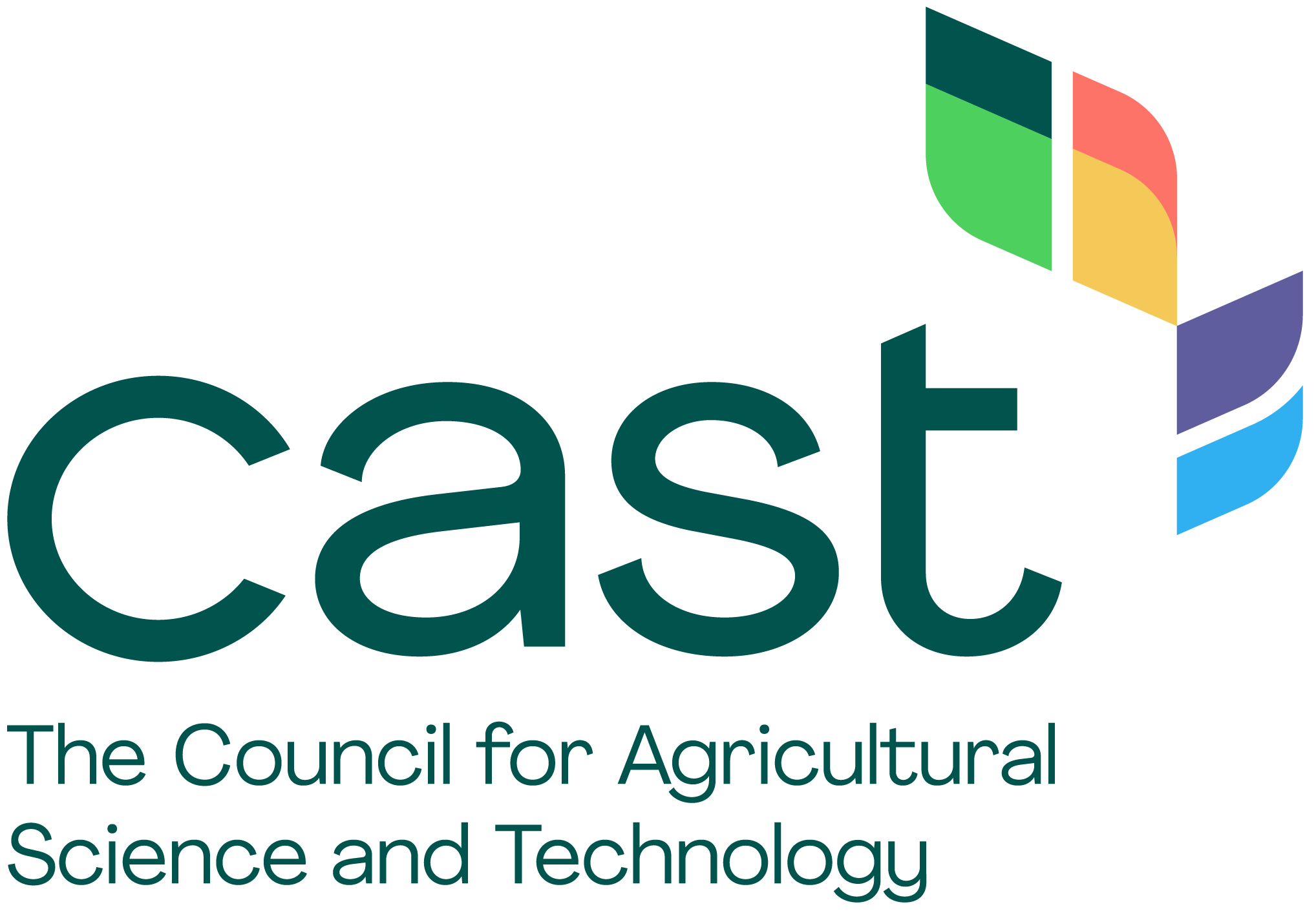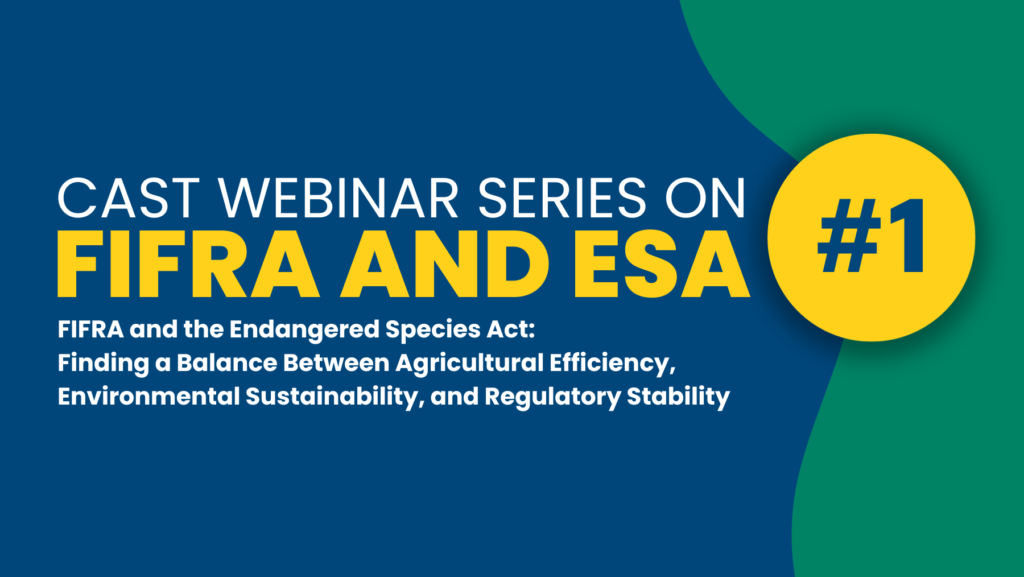This paper examines the complex relationship between the Endangered Species Act (ESA) of 1973 and the Federal Insecticide, Fungicide, and Rodenticide Act (FIFRA) of 1947, especially as it relates to pesticide use and its impact on endangered species and ecosystems. The ESA focuses strictly on protecting species without considering economic trade-offs, while FIFRA balances environmental risk with social and economic benefits. This tension creates challenges for the EPA, which must assess pesticide risks to both species and agricultural practices. Despite efforts, the EPA has struggled to fulfill ESA requirements for pesticide evaluations, leading to increased restrictions that impact farmers’ ability to manage pests. The paper highlights how a collaborative, integrated approach is needed to align FIFRA’s flexible, national strategies with ESA’s site-specific requirements, ultimately aiming for a balanced approach that protects species without compromising agricultural productivity.

